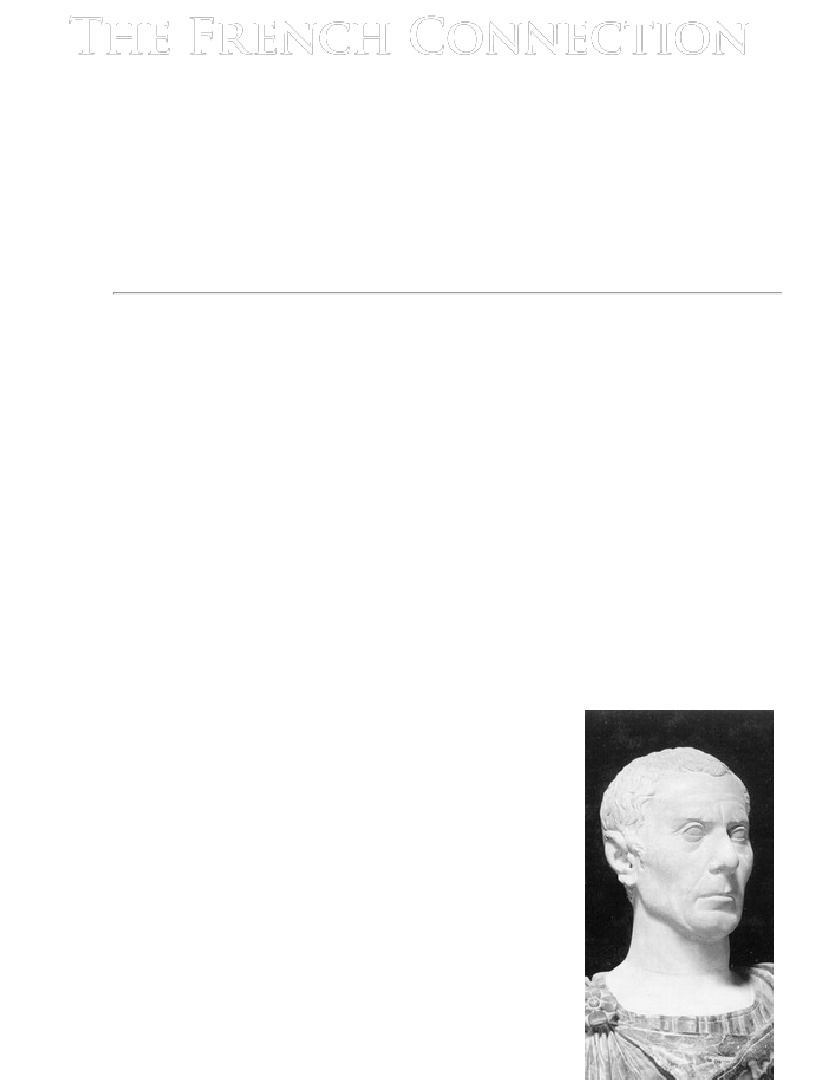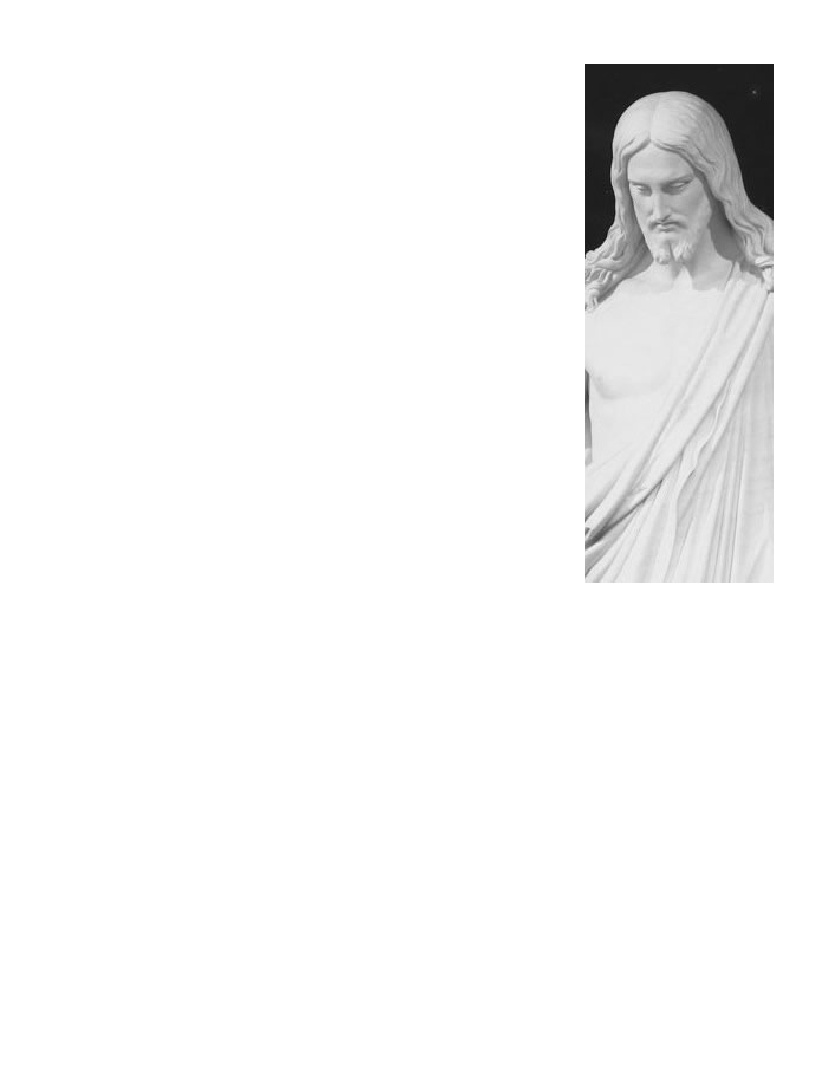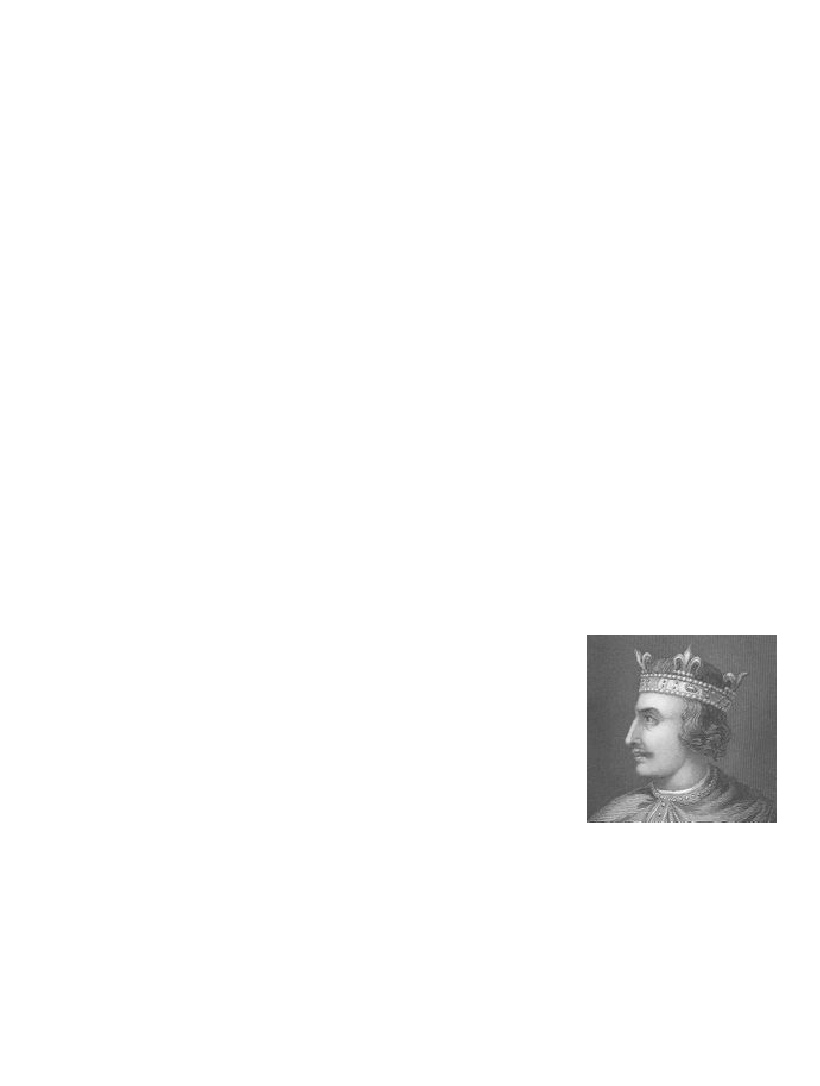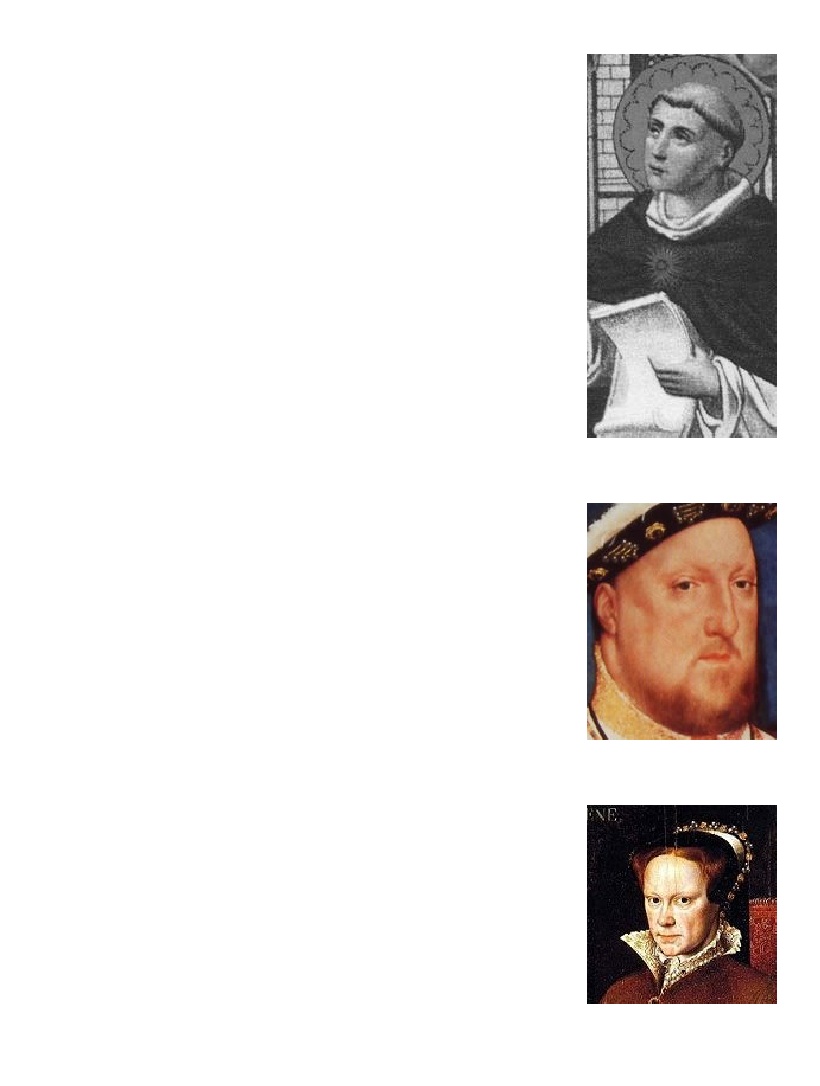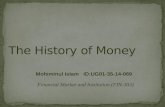HISTORY OF THE MONEY NGERS CHANGERTHES
-
Date Post
14-Apr-2018
-
Category
Documents
-
View
306
-
Download
9
EMBED SIZE (PX)
TRANSCRIPT OF THE HISTORY OF THE MONEY CHANGERS
- 7/30/2019 The History of the Money Changers1/70
The History of the “Money Changers”
ByAndrew Hitchcock, 26 Feb 2006.
Andrew also wrote the Rothschild timeline and The Sy nagogue of Satan.
Please go here if you prefer a non-illustrated, text only version of this essay.
Economists continually try and sell the public the ideathat recessions or depressions are a natural part of whatthey call the “business cycle”.
This timeline below will prove that is simply not thecase. Recessions and depressions only occur because theCentral Bankers manipulate the money supply, to ensuremore and more is in their hands and less and less is inthe hands of the people.
Central Bankers developed out of money changers and itis with these people we pick the story up in 48 B.C.
below.
48B.C.
Julius Caesar took back from the money changersthe power to coin money and then minted coins for the
benefit of all. With this new, plentiful supply of money,he established many massive construction projects and
built great public works. By making money plentiful,Caesar won the love of the common people.
But the money changers hated him for it and this is whyCaesar was assassinated. Immediately after hisassassination came the demise of plentiful money inRome, taxes increased, as did corruption.
Eventually the Roman money supply was reduced by90 per cent, which resulted in the common peoplelosing their lands and homes.
http://www.iamthewitness.com/DarylBradfordSmith_Rothschild.htmhttp://www.iamthewitness.com/audio/Andrew.Carrington.Hitchcock/index.phphttp://www.iamthewitness.com/archive.phphttp://www.iamthewitness.com/archive.phphttp://www.iamthewitness.com/DarylBradfordSmith_Bankers.htmhttp://www.iamthewitness.com/DarylBradfordSmith_Rothschild.htmhttp://www.iamthewitness.com/audio/Andrew.Carrington.Hitchcock/index.phphttp://www.iamthewitness.com/archive.php
- 7/30/2019 The History of the Money Changers2/70
Julius Caesar
Jesus Christ
30A.D.
Jesus Christ in the last year of his life uses physicalforce to throw the money changers out of thetemple. This was the only time during the the life of hisministry in which he used physical force against anyone.
When Jews came to Jerusalem to pay their Temple tax,they could only pay it with a special coin, the half-shekel. This was a half-ounce of pure silver, about thesize of a quarter. It was the only coin at that time which
was pure silver and of assured weight, without theimage of a pagan Emperor, and therefore to the Jews it
was the only coin acceptable to God.
Unfortunately these coins were not plentiful, the moneychangers had cornered the market on them, and sothey raised the price of them to whatever the market
could bear. They used their monopoly they had onthese coins to make exorbitant profits, forcing the Jewsto pay whatever these money changers demanded.
Jesus threw the money changers out as their monopolyon these coins totally violated the sanctity of God’shouse. These money changers called for his death dayslater.
1024 The money changers had control of Medieval England’s money supply and atthis time were generally known as goldsmiths. Paper money started out and this
was simply a receipt you would get after depositing gold with a goldsmith, intheir safe rooms or vaults. This paper started being traded as it was far moreconvenient than carrying round a lot of heavy gold and silver coins.
Over time, to simplify the process, the receipts were made to the bearer, ratherthan to the individual depositor, making it readily transferable without the needfor a signature. This, also, broke the tie to any identifiable deposit of gold.
Eventually the goldsmiths recognized that only a fraction of depositors evercame in and demanded their gold at any one time, so they found out how theycould cheat on the system. They started to issue more receipts than they hadgold to back those receipts and no one would be any the wiser. They would loanout these receipts which were not backed by the gold they had in theirdepositories and collect interest on them.
This was the birth of the system we know today as Fractional ReserveBanking, and like this system of today this meant the goldsmiths were able tomake astronomical amounts of money by loaning out, what was essentiallyfraudulent receipts, as they were for gold the goldsmiths didn’t even possess. As
http://www.iamthewitness.com/books/img/Jesus.Christ.jpghttp://www.iamthewitness.com/books/Andrew.Carrington.Hitchcock/Julius%20Caesar.jpg
- 7/30/2019 The History of the Money Changers3/70
King Henry I
they gradually got more confident they would loan out up to 10 times theamount they had in their deposits.
To simplify how they made money on this, let’s give an example in which agoldsmith charges the same rate of interest to creditors and debtors. In thisexample a goldsmith would pay interest of 6% on gold you had deposited withthem, and then charge 6% interest on money, I mean fraudulent receipts, you
borrowed from them. As they would lend out ten times what you had deposited
with them, whilst they’re paying you 6% interest, they are making 60% interest.This is on your gold.
The goldsmiths also discovered that their control of this fraudulent moneysupply gave them control over the economy and the assets of the people. Theyexacted their control by rowing the economy between easy money and tightmoney.
The way they did this was to make money easy to borrow and thereforeincrease the amount of money in circulation, then suddenly tighten the moneysupply, taking it out of circulation by making loans more difficult to get or
stopping offering them altogether.
Why did they do this? Simple, because the result would be a certain percentageof the people being unable to repay their previous loans, and not having thefacility to take out new ones, so they would go bankrupt and be forced to selltheir assets to the goldsmiths for literally pennies on the dollar.
This is exactly what happens in the world economy of today, but is referred towith words like, “the business cycle,” “boom and bust,” “recession,” and”depression,” in order to confuse the population of the money changers scam.
1100 King Henry I succeeds King William II to the throneof England. During his reign he decided to take thepower the money changers had over the people, and hedid this by creating a completely new form of moneythat took the form of a stick! This stick was called, a”talley stick,” and ended up being the longest lastingform of currency, lasting 726 years until 1826 (eventhough other currencies came and went in that sameperiod and ran alongside the talley sticks).
The talley stick was a stick of polished wood into whichnotches were cut along one side, to indicate the denomination of money the stickrepresented. The stick was then split lengthwise through the notches, so that
both pieces had a record of the notches. The King kept one half to protect againstcounterfeiting and the other half was spent into the economy and circulated asmoney.
It was also one of the most successful money systems in history, as the Kingdemanded that all the King’s taxes had to be paid in, “talley sticks,” so thisincreased their circulation and acceptance as a legitimate form of money. Thissystem would work well in keeping the power away from the money changers in
http://www.iamthewitness.com/books/img/King.Henry.I.jpg
- 7/30/2019 The History of the Money Changers4/70
St. Thomas Aquinas
King Henry VI II
Queen Mary I
England.
1225 St. Thomas Aquinas is born, the leading theologianof the Catholic Church who argued that the charging ofinterest is wrong because it applies to “doublecharging,” charging for both the money and the use ofthe money.
This concept followed the teachings of Aristotle thattaught the purpose of money was to serve the membersof society and to facilitate the exchange of goods neededto lead a virtuous life. Interest was contrary to reasonand justice because it put an unnecessary burden on theuse of money.
Thus, Church law in Middle Ages Europe forbade thecharging of interest on loans and even made it a crimecalled, “usury.”
1509 King Henry VIII succeeds King Henry VII to thethrone in England. During his reign he relaxed the lawsregarding usury, and and the money changers did not
waste any time in re-asserting themselves over thepopulation. They quickly made their gold and silver coinsystem plentiful again. It is interesting to note that
under King Henry VIII the Church of Englandseparated from Roman Catholicism, whose Church lawprevented the charging of interest on money.
1553 Queen Mary I succeeds Lady Jane Grey’s nine dayreign to the throne in England. During her reign, Queen
Mary I, a staunch Catholic, tightened the usury lawsagain. The money changers were not amused and inrevenge they tightened the money supply by hoardinggold and silver coins and causing the economy toplummet.
http://en.wikipedia.org/wiki/Usuryhttp://www.iamthewitness.com/books/img/Queen.Mary.I.jpghttp://www.iamthewitness.com/books/img/King.Henry.VIII.jpghttp://www.iamthewitness.com/books/img/St.Thomas.Aquinas.jpg
- 7/30/2019 The History of the Money Changers5/70
Queen Elizabeth I
Oliver Cromwell
William o f Orange
1558 Queen Elizabeth I succeeds Queen Mary I, her halfsister, to the throne in England. During her reign,Queen Elizabeth I decided that in order to wrest controlof the money supply she would have to issue her owngold and silver coins. She did this through the publictreasury and successfully took control of the moneysupply from the money changers.
1609 The money changers in the Netherlands es
Save@V’k

